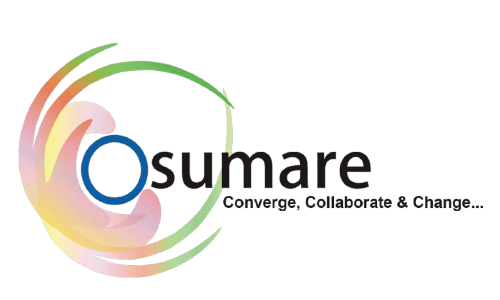In 2025, digital advertising is more competitive than ever, and wasted ad spend can drain your budget fast. The key to maximizing ROI? Smarter, data-driven ad strategies. With rising costs, evolving algorithms, and shifting consumer behaviors, businesses need a streamlined approach to ensure every dollar counts.
The problem? Many brands still rely on outdated strategies, leading to inefficient spending and poor conversions.
The solution? This guide reveals three powerful rules to optimize your ad spend, reduce waste, and maximize impact in 2025. Whether you’re a startup or an enterprise, these insights will help you get more results with less budget.
Also Read: 13 Free Ways to Promote Your Business
Three Rules to Optimize Advertising Spend in 2025
Digital advertising is constantly evolving. The strategies that worked last year may not be as effective today. With increasing competition, tighter privacy regulations, and rising ad costs, businesses must rethink how they allocate their advertising budget.
So, how do you make sure every dollar spent delivers the highest possible return? Follow these three essential rules to optimize your advertising spend in 2025.
Rule 1: Prioritize First-Party Data for Precision Targeting
Why First-Party Data Matters
Third-party cookies are disappearing, and ad platforms are becoming stricter about tracking user behavior. This means relying on external data is no longer a sustainable strategy. Brands that fail to build and leverage first-party data will struggle with targeting, personalization, and overall campaign effectiveness.
How to Use First-Party Data Effectively
Collect Data Directly from Customers – Leverage email sign-ups, website interactions, and CRM systems to gather insights.
Segment and Personalize – Group your audience based on behaviors, preferences, and purchase history to deliver highly relevant ads.
Leverage AI for Predictive Analytics – Use machine learning to analyze user patterns and predict what they’ll need next.
Real-World Example
E-commerce giant Amazon excels at using first-party data. It tracks customer interactions, recommends products based on browsing history, and delivers hyper-personalized ads, leading to higher conversion rates and lower ad spend waste.
Key Takeaway: Businesses that prioritize first-party data will have a significant advantage in ad targeting and performance.
Rule 2: Focus on High-Intent Audiences, Not Just Traffic
The Problem: Traffic Doesn’t Always Equal Sales
Many businesses make the mistake of chasing clicks instead of focusing on conversions. You can have thousands of visitors, but if they’re not ready to buy, you’re wasting ad dollars.
The Solution: Optimize for High-Intent Users
Use Retargeting Campaigns – Target users who have already interacted with your brand but haven’t converted.
Leverage Lookalike Audiences – Use existing customer data to find new users with similar behaviors and buying intent.
Prioritize Bottom-of-Funnel Keywords – Focus on search terms that indicate strong purchase intent, such as “best price,” “buy now,” or “discount.”
Real-World Example
B2B software company HubSpot reduced its ad spend by shifting focus from generic traffic to qualified leads. By optimizing for high-intent searches and refining retargeting strategies, they cut wasted spend by 30% while increasing conversions.
Key Takeaway: Not all traffic is valuable. Focus on audiences with buying intent to maximize ad efficiency.
Rule 3: Automate and Optimize with AI-Driven Advertising
The Problem: Manual Campaign Management is Inefficient
Managing ad budgets manually can lead to wasted spend, slow optimizations, and missed opportunities. With AI and automation tools, you can eliminate guesswork and let machine learning handle bid adjustments, targeting, and ad placements.
The Solution: Smart AI-Powered Advertising
Use AI for Bidding Strategies – Tools like Google’s Smart Bidding adjust bids automatically for the highest ROI.
Leverage Dynamic Creative Optimization (DCO) – AI tests multiple ad variations to find what works best.
Implement Predictive Budget Allocation – AI analyzes past performance and shifts budget toward the most effective channels.
Real-World Example
Retail brand Nike uses AI-powered programmatic advertising to automatically place ads where they’ll perform best. This real-time optimization helps them reduce spend while increasing conversions.
Key Takeaway: AI-driven automation helps businesses spend smarter, eliminate wasted ad dollars, and optimize performance faster than manual methods.
Final Thoughts: Smarter Ad Spend for Bigger Returns
The digital advertising landscape in 2025 is more competitive and data-driven than ever. Businesses that still rely on outdated targeting, broad audience reach, and manual bidding will lose money fast.
By implementing these three key rules—leveraging first-party data, prioritizing high-intent audiences, and embracing AI-powered automation—you can cut ad waste, improve conversions, and make every dollar count.
Your Next Step? Start by auditing your current ad spend. Identify areas where money is wasted and apply these strategies for better ROI in 2025.

